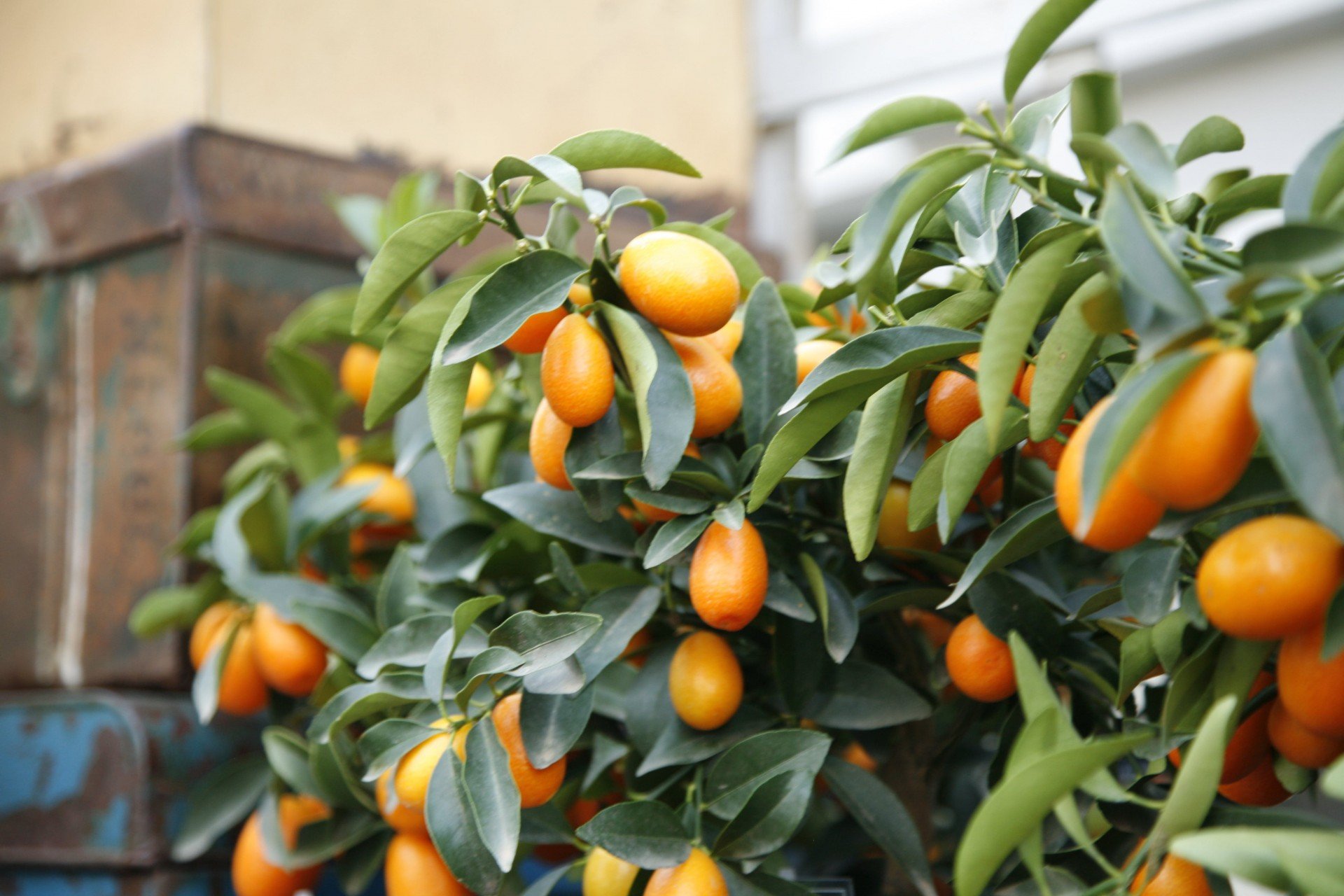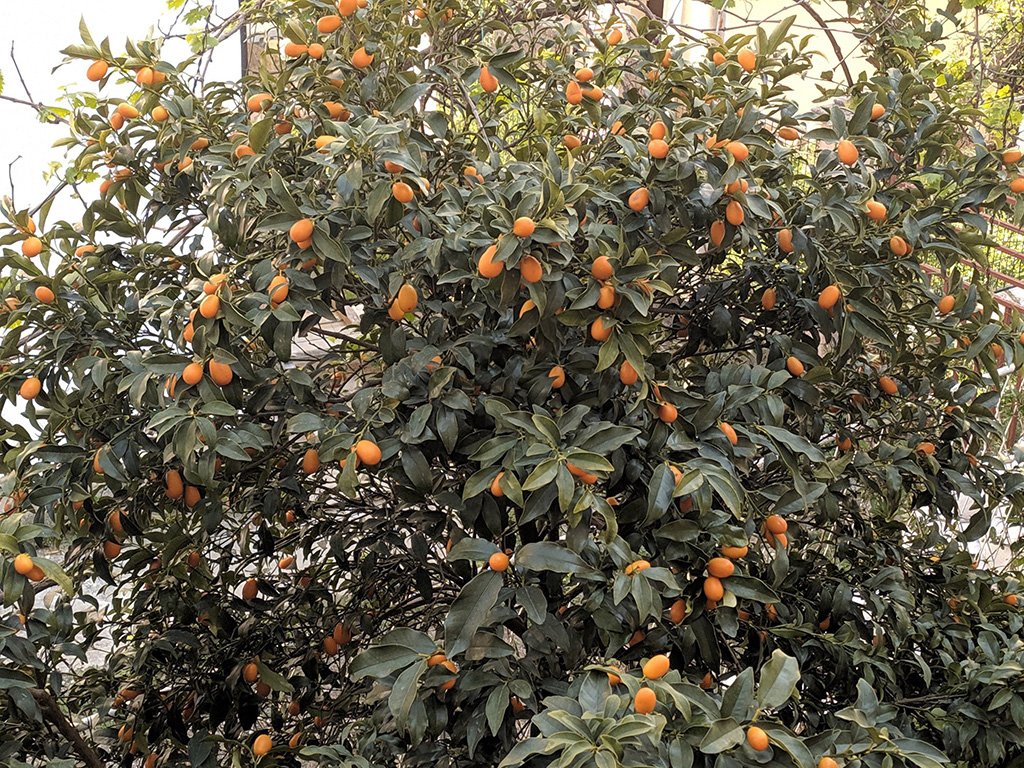Montenegro never ceases to amaze with its variety of exotic plants, and one of them is kumquat — a small but incredibly tasty fruit known as the “golden orange”. This plant adorns gardens and coastal areas, especially in southern Montenegro, where the climate is ideal for its cultivation.
Kumquat not only pleases the eye with its bright fruits but also brings numerous health benefits. It is widely used in cuisine, traditional medicine, and even as a decorative plant.
History and Origins of Kumquat
The name “kumquat” comes from the Cantonese word 金桔 (kam kwat), which translates to “golden orange”. In Europe, the fruit was introduced in 1846 by Robert Fortune, a collector from the London Royal Horticultural Society, who brought it from China.
Kumquat is native to South Asia, but today it is grown in many countries with warm climates, including Montenegro. You can find kumquat trees in the Bay of Kotor region, where they decorate gardens and terraces.
What Does Kumquat Look Like?
Kumquat is an evergreen shrub or small tree that grows up to 2.5-4.5 meters in height. Its dark green glossy leaves and white aromatic flowers make it a beautiful addition to any garden. But the real highlight of the plant is its bright fruit.
Kumquat fruits are golden-yellow and resemble miniature oranges about the size of a plum. They taste like a mandarin with a hint of sourness, and the most unique part is that they can be eaten whole with the peel. The flesh is sour, while the peel is sweet with a slight bitterness, creating a distinctive flavor contrast.
Kumquat trees are known for their abundant harvests, with a single tree capable of producing hundreds or even thousands of fruits each year.
Where Can You Find Kumquat in Montenegro?
Kumquat grows in coastal areas of Montenegro, where the warm climate and mild winters create perfect conditions for the plant. You can spot kumquat trees in private gardens in Kotor, Tivat, Budva, and on the Luštica Peninsula.
Local residents grow kumquat not only for its beauty but also to make homemade jams, liqueurs, and candied fruits. Aromatic marmalade made from kumquats is particularly popular among tourists.
How Is Kumquat Used?
Kumquat fruits are versatile and can be used both fresh and processed. Here are some popular ways to use them:
- Candied fruits and jam — boiled with sugar to create sweet treats.
- Liqueurs and infusions — homemade alcoholic drinks with kumquat flavor.
- Marmalade and preserves — sweet spreads with a distinct sweet and sour taste.
- Salads and desserts — fresh kumquats add an exotic touch to dishes.
- Garnishing dishes — the bright fruits are often used for decorative purposes.
The entire kumquat, including its peel, is edible and rich in vitamins and essential oils. It contains vitamin C, dietary fiber, and antioxidants, making it a superfood for boosting immunity and reducing inflammation.
Kumquat as a Decorative Plant
Kumquat is often grown as a potted plant for decorative purposes. It is easy to care for and can be pruned to maintain a compact shape, making it a beautiful houseplant that produces fruits even indoors.
Its aromatic flowers and bright fruits make it a charming addition to any interior or garden.
Why Try Kumquat in Montenegro?
🍊 Unique taste — sweet peel and sour flesh create an unusual flavor contrast.
🌱 Health benefits — rich in vitamins, antioxidants, and essential oils.
🌿 Exotic plant — beautiful and can be grown at home.
🍯 Local delicacies — kumquat jams, liqueurs, and marmalades are popular among tourists.
Kumquat: A Symbol of Sunshine and Health
In Montenegro, kumquat is more than just an exotic fruit — it’s a symbol of the sunny coast and southern hospitality. It decorates gardens, provides abundant harvests, and is used to create delicious and healthy products.
If you are traveling through Montenegro, be sure to try this golden fruit that brings a piece of sunshine and warmth from this beautiful country!




